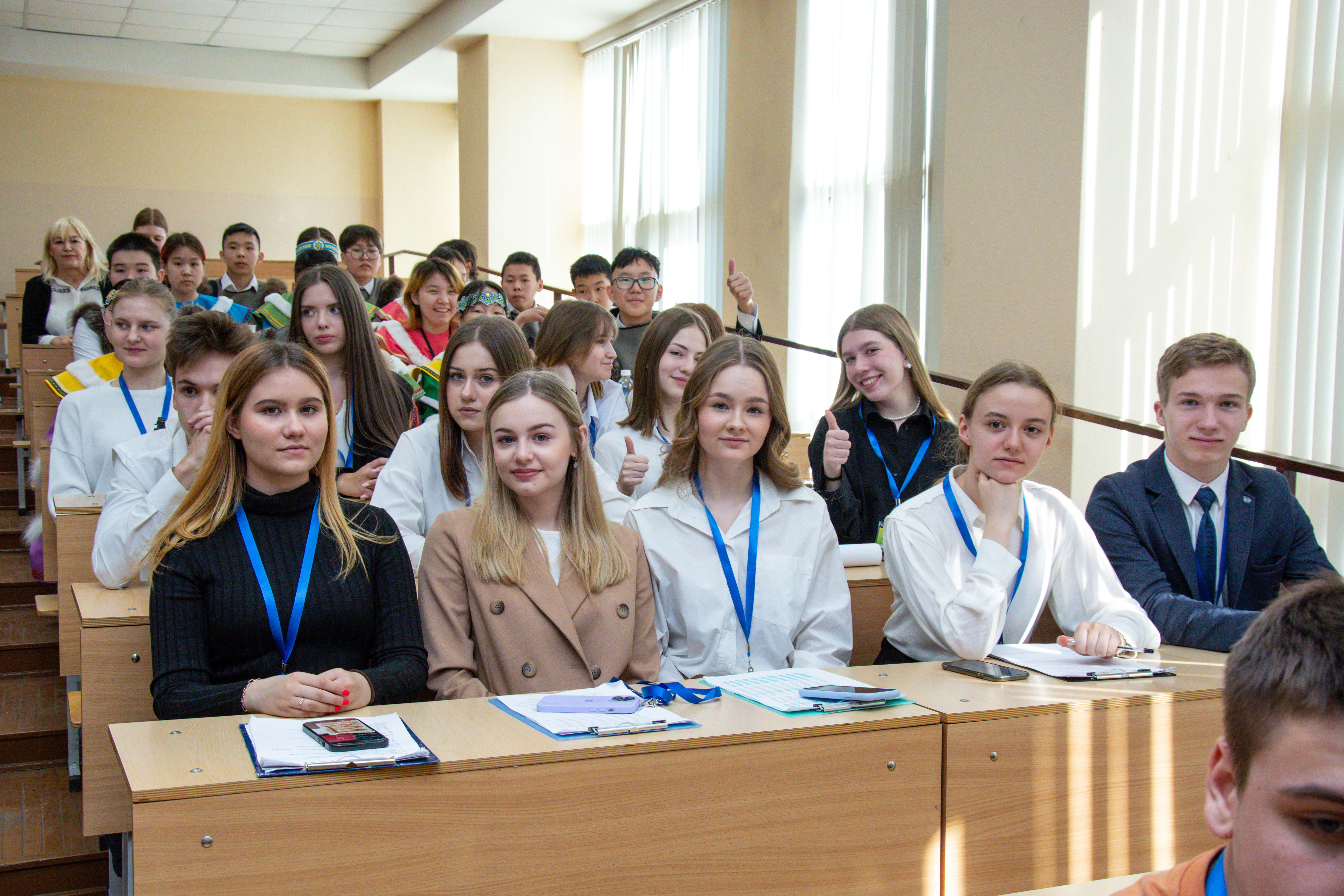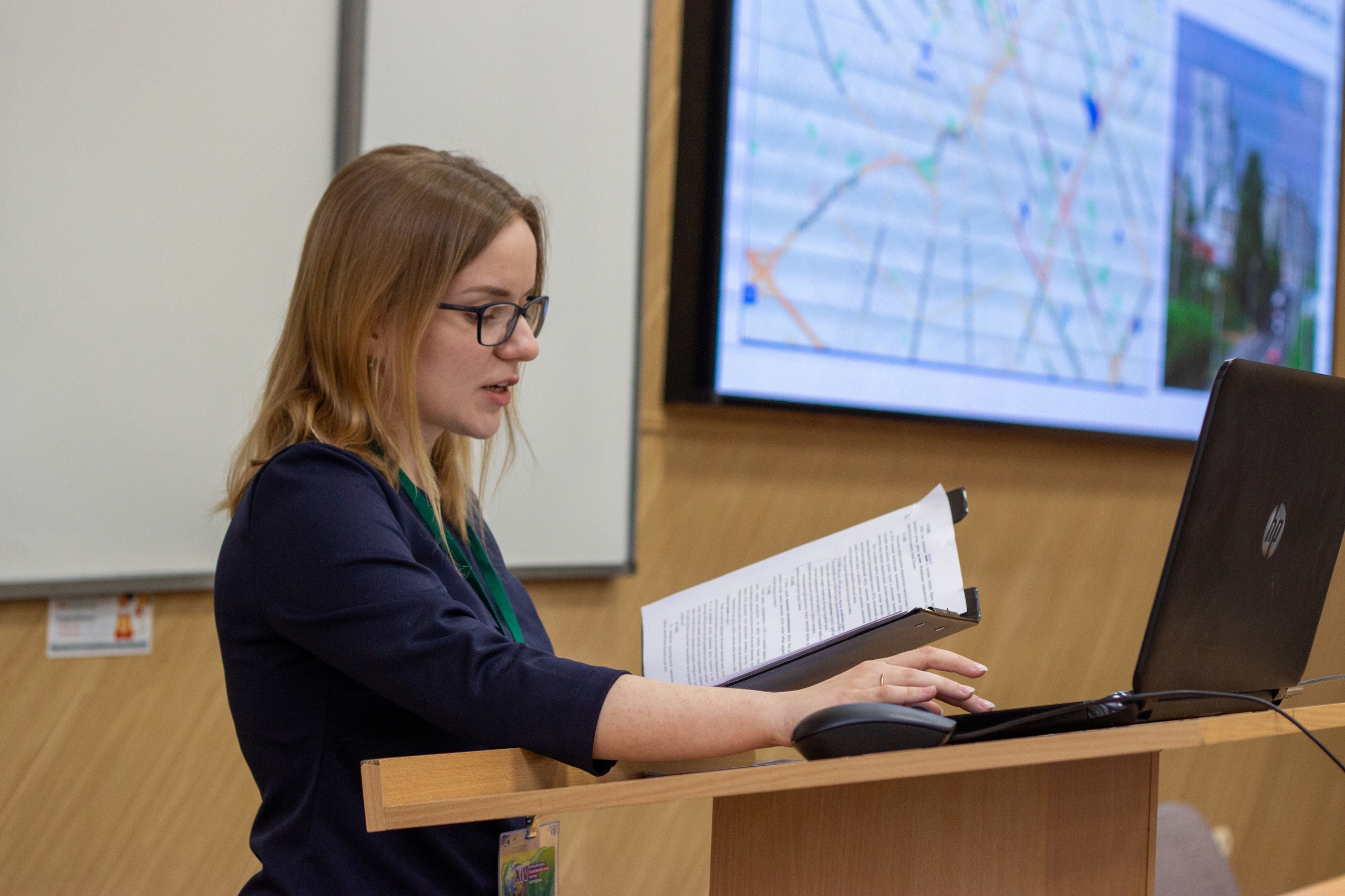 See other releases of corporate mass media
See other releases of corporate mass media
EEYF. AFTERWORD
The XIV EEYF, which took place from April 22 to April 26, 2024 at Ural State University of Economics, became the largest in the forum’s history.

The publication consists of four volumes, each containing hundreds of pages. Basically, the book includes brief summaries of research projects of students and young scientists prepared specifically for EEYF. The works both reflect important issues for society and propose solutions to problems.

The first volume contains materials from public lectures by experts and a part of the abstracts of the best papers of young scientists presented at the Congress of Economists and Financiers. The second volume is entirely devoted to the works of the finalists of the Congress of Economists and Financiers. The collection covers the topics of microeconomics, mesoeconomics, macroeconomics, and noonomics.

Thus, Veronika Umanskaya from the Stolypin Volga Institute of Management (Saratov) studied the development of tourism as a way to increase competitiveness in Saratov. She noted the lack of comfortable tourist places and routes on the Stepan Razin cliff. To make the city more attractive and increase tourist flow, the finalist of the competition of the Congress of Economists and Financiers proposed creating a recreational and tourist center with two zones. The main facilities will be in the village of Belogorskoye: a guest house, a cultural center, a cafe, a first-aid post, and a security post. On the bank of the Volga, Veronica proposed placing temporary structures: a campsite, a bathing beach, a security post, and a mini-cafe. In her opinion, this would help accommodate vacationers, provide environmental control, and create opportunities for the development of local entrepreneurship.
“A tourist center can have a significant impact on the development of the region, promoting economic growth, helping improve the socio-cultural environment and infrastructure. With the right approach and project management, a tourist center could become one of the key elements in the development of the region increasing its competitiveness,” Veronika Umanskaya summed up in her work.

The third volume presents abstracts of the finalists of the Congress of Entrepreneurship and Engineering. It addresses the matters of the food industry, innovations in agricultural technologies, biotechnologies, food and processing industries, and advanced production management technologies.
For example, USUE student Lilit Chilingaryan checked the shampoos sold in one of the Yekaterinburg chain stores. She examined three samples belonging to the low-budget price category. Lilith described each hair wash: name, manufacturer, volume, and what problem the product promises to solve. She then checked the samples for compliance with the requirements that regulate the safety and quality of perfumes and cosmetics products. She also analyzed the pH level of each shampoo, since this indicator is important for determining the quality and effect on the condition of the hair and scalp. As a result of the examination, it turned out that all samples met the standards, which means that the products under study sold in inexpensive stores are of high quality and safe.
The fourth volume contains abstracts of the works of participants in the Congress of Management and Law and the Congress of Strategists. They are devoted to the issues of state building and the rights of citizens, evolution and innovation in law and business, as well as modern trends in the economic development of the world, ways to protect the rights and freedoms of a person and a citizen.
Semyon Poltev, a cadet at the Ural Law Institute of the Ministry of Internal Affairs of Russia, researched the influence of trash streams on society. Trash streams are live broadcasts, in which a presenter commits actions that are hazardous to health, usually for the sake of monetary rewards from the audience.
“49% of Internet users have heard about broadcasts containing “trash content,” and 42% of Russians among the younger generation aged 18–24 have encountered them,” Semyon writes in his paper.

Currently, the law does not prohibit engaging in this type of activity. However such video materials can harm the psyche, Semyon Poltev is sure, so the finalist proposed introducing a system of mandatory authorization for viewing content on streaming platforms with confirming data through the Government Services Portal. Besides, he proposes to oblige developers and bloggers to differentiate content according to age criteria, and to add to streaming platforms a complaint button on destructive content. This way, viewers will be able to contact the relevant government authorities.

The theme of the XIV Eurasian Economic Youth Forum was “Russia - Eurasia – the World. Integration - Development - Perspective." Over 17,000 people from 114 countries and 81 regions of Russia became its participants. Besides Ural State University of Economics, EEYF was held at the sites of 11 largest universities in Kaliningrad, St. Petersburg, Vladivostok, Minsk, Baku, Astana, Almaty, Bishkek, Osh, Tashkent, and Dushanbe.













